

- © 2003 - 2025 Dynamix Productions, Inc. Contact Us 0


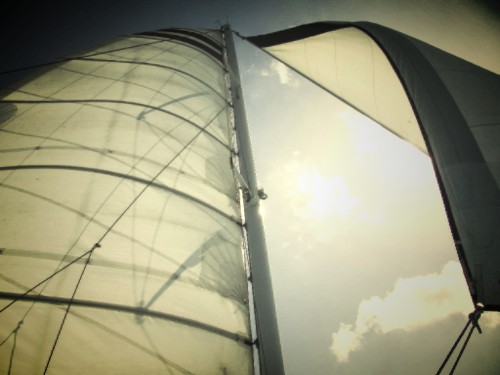
“The pessimist complains about the wind; the optimist expects it to change; the realist adjusts the sails.”
William Arthur Ward
What do the U.S. Navy and Dynamix Productions have in common? Sound on film. Well shiver me timbers mate, if that doesn't make sense to you landlubbers, then come aboard and let me explain. In 1914, American physicist Theodore (Ted) Case started experimenting with modulating light waves to transmit and record sound. He got the idea from an 1880 invention by the venerated Alexander (Al) Graham Bell called the "photophone" that transmitted speech on a light wave 700 feet. Ted's first development was a light sensitive vacuum tube that the Navy used successfully in ship-to-ship signaling during and after World War I.
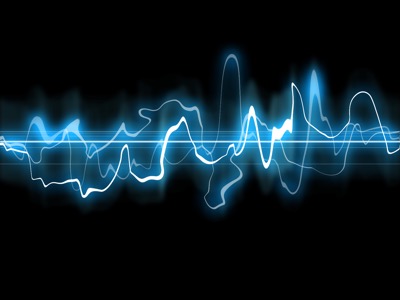
"The key to this plan is the giant laser. It was invented by the noted Cambridge physicist Dr. Parsons. Therefore, we shall call it the Alan Parsons Project."
Dr. Evil
Austin Powers
Here's something that will blow your mind and make you paranoid at the same time. Someone can listen to your conversations in your house or office from hundreds of feet away using light. The "light" is a "laser," and it's bounced off a window pane to detect sound vibrations. It's hard not to imagine Dr. Evil, played by Mike Meyers, air quoting "laser" when we mention that word. The theory was first proposed in the 1940s, but had to wait until lasers were actually invented in the 1960s to gain traction. By the 80s, the Cold War had us and the Soviets spying on each other using "lasers."
Read More...
I was afraid that science-fiction buffs and everybody would say things like, 'You know, there's no sound in outer space.'
George Lucas
The universe, according to scientists, started with a big bang. Let me, the sound engineer, just gloat a little bit here -– they don't call it The Big Flash, The Big Light, or The Big Visual Thing That Was Really, Really Quiet. It was a BANG!!! It all started with sound. And the cool thing is, we can even measure its echoes.

“Square in your ship's path are Sirens, crying beauty to bewitch men coasting by;
woe to the innocent who hears that sound!”
by Homer in The Odyssey
I live on a busy street. My house sits roughly between three hospitals - all with helipads and emergency rooms. That's good for me if I have a really bad day, but my poor cat thinks wolves are after her whenever someone else is having a really bad day. I'm talking about the incessant sirens going up and down my street. And they seem to be getting louder – they penetrate my windows and brick walls with even more ferocity than ever before. It turns out that I'm not imagining this, because some emergency vehicles are now employing something called "low frequency system," or LFS. I call it "Loud F*@#$%^& Siren."
In addition to the regular high yelp of a siren, you may have noticed a lower yelping sound that seems to penetrate your car and go straight through your chest. That emergency vehicle has a secondary siren system that emits powerful omnidirectional bass tones from about 200-400 Hz. In this range, sound is "felt" more than heard - up to 200 feet away. These frequencies can penetrate auto glass and metal, wood and brick buildings, and human flesh and bones.
The sellers of these types of sirens call them "intersection clearing" devices. They didn't make them just for fun, there is a real need for something to gets more attention. We live in a world of super-quiet cars, people with earbuds playing music loudly, pedestrians hunched over their phones while walking into fountains, and general inattentiveness. City dwellers in particular have learned to tune out the pervasive sirens that scream past them daily. There have been countless accidents, some fatal, at intersections while an emergency vehicle is on a Code 3 run. Police and fire departments are continually searching for solutions that make emergency runs efficient and safe for everybody, but it's an uphill climb.
This latest solution of using enhanced low frequency sounds is not without its controversy. Opponents complain of ever increasing noise pollution. They also bring up the lack of legislation regarding the use of LFS. For instance, many police and fire departments that are purchasing the LFS units are small towns without the traffic problems of big cities. People who live or work in cities that employ LFS sirens are subjected to particularly invasive sounds while inside a building, even on the 20th floor.
And these loud and low tones aren't just an annoyance, they can be harmful to your health. Noiseoff.org says "The intense sound caused by the [LFS] siren easily triggers an involuntary stress response commonly known as 'fight or flight.' This results in the secretion of adrenaline, with ensuing spikes in cardio-respiratory rates, muscle tension, and elevated blood pressure."
But let's not forget about the police officer or ambulance driver who is sitting on top of this thundering klaxon. At ten feet away, roughly the length of a pick-up truck, these sirens emit a powerful 123 dB-SPL. Let me put that in context for you. If you were standing at the goal line of a football field and a jetliner took off 65 yards away, you probably wouldn't notice that the jet was slightly louder than the siren because you would be screaming in agony from the pain. Makers of these LFS sirens don't recommend users subject themselves to more than ten seconds of the bone rattling sound, so they usually build in a failsafe cut-off time of the tone. But once it ends, nothing stops the operator from sounding it again and again.
Clearly, there needs to be more engagement between the public agencies and the public they're supposed to protect. An effort to educate both the protectors and the protected will only help everybody in the long run. These LFS sirens are getting the attention of people in the way, but at what cost? Will their overuse cause heart attacks, panic attacks, or deafness? If people then start to ignore these, will the police come up with something even louder? Like something that goes to 11?

"Someone needs to buy a radio station, then play nothing but audio books, with a different genre of book played at set times. That way we can always have something new to read, no matter where we are."
Shana Chartier
We're wrapping up our series on the audiobook this month. In Part 1, we began our conversation with veteran actor and audiobook narrator Brad Wills. He talked technical details about finding the right studio, performance, editing, and quality. In Part 2, Brad shared his methods of character development and preparation, plus he had some tips for budding narrators. In this issue, we're looking at how an audiobook is actually produced, from recording and editing, to mastering and delivery.
Read More...
“When you read a book, the story definitely happens inside your head. When you listen, it seems to happen in a little cloud all around it, like a fuzzy knit cap pulled down over your eyes.”
Robin Sloan, Mr. Penumbra's 24-Hour Bookstore
We're continuing our series on the audiobook, an older idea that has been reborn from new technology. In this issue we're talking with Brad about character development, preparation, and tips for budding narrators.

“I love audio books, and when I paint I’m always listening to a book. I find that my imagination really takes flight in the painting process when I’m listening to audio books.”
Thomas Kinkade
We begin a three-part series of how an audiobook is produced. We talk with veteran actor Brad Wills, as well as dive deep into how an audiobook is produced from the ground up.

"I used to judge the quality of music by whether I could make a 90-minute cassette and not repeat any artists."
John Hughes
What? Another old audio format is making a comeback? Yessiree! If you want to be hip, then dust off your old Sony Walkman. But like me, you've probably dumped all your old cassettes along with your floppy disks and Trivial Pursuit. These days, my pocket can carry the same amount of music that drawers and drawers of cassettes can.
Read More...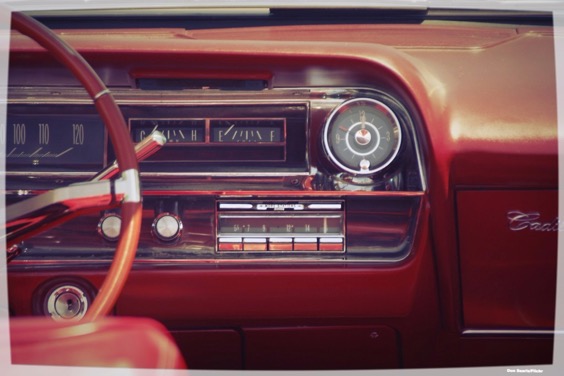
"I hate modern car radios. In my car, I don't even have a push-button radio. It's just got a dial and two knobs. Just AM."
Chris Isaak
Maybe you haven't noticed, but AM radio has pretty much sucked the last twenty years or so. Maybe you didn't notice because you weren't listening. A lot of people aren't, and the FCC is out to change that. The FCC? You bet – this isn't your father's FCC. We're so used to hearing "FCC" and "restrictions" in the same breath, that broadcasters were pleasantly surprised last October when the FCC announced an "AM Revitalization" initiative.
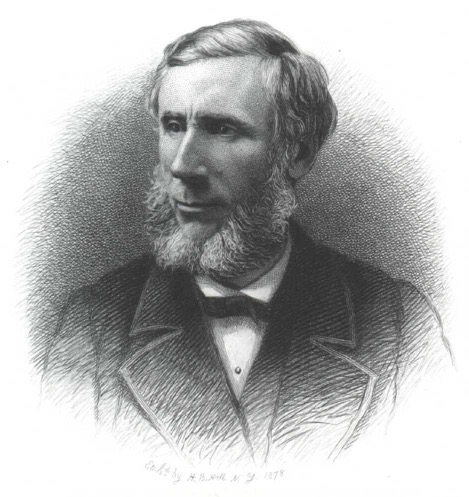
"I throw more power into my voice, and now the flame is extinguished"
Physicist John Tyndall, 1857
There's been a recent breakthrough in fighting fires - using sound waves to extinguish flames. Since 1857, scientists have known that sound waves could put out a flame, but they weren't exactly sure why.
Read More...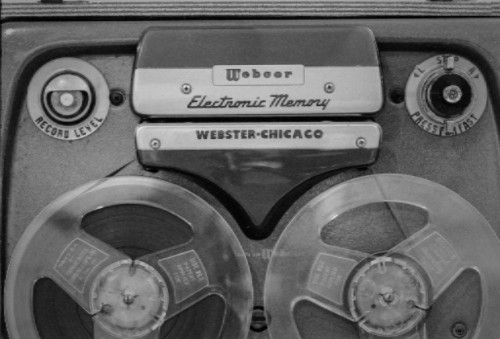
"As so much music is listened to via MP3 download, many will never experience the joy of analog playback, and for them, I feel sorry. They are missing out."
Henry Rollins
There's a growing trend in the music business - recording to reel-to-reel tape. Wait, I thought we got rid of that when we went digital. The truth is, it never went away. Much like the recent boom in sales of records and film, reel-to-reels are gaining new fans and bringing back old ones.
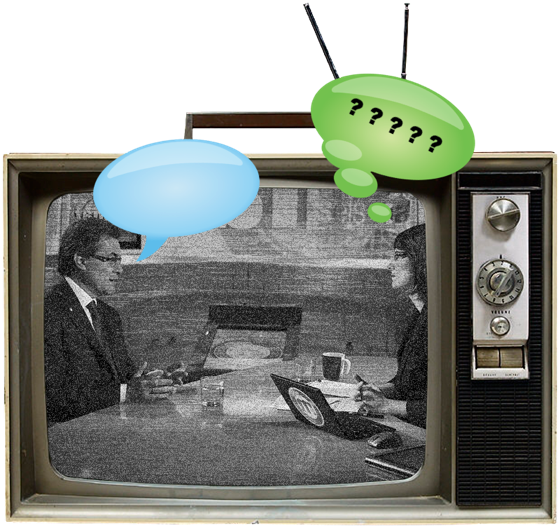
"I hope I inspire people who hear. Hearing people have the ability to remove barriers that prevent deaf people from achieving their dreams."
Marlee Matlin
Did you know that more than 37 million Americans aged 18 or older have some kind of hearing loss? And 30 million Americans aged 12 or older have hearing loss in both ears? With a media-rich society, that makes listening to narration, dialog, and speech in general difficult for them. Before 1972, anyone hard of hearing had to watch television with the volume turned up.